-
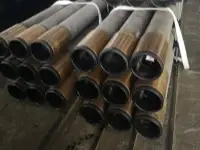
The production of casing pipes in an oil casing plant involves several critical steps to ensure the final product meets the required specifications and quality standards. Here is an overview of the process of casing pipe in plant.
-
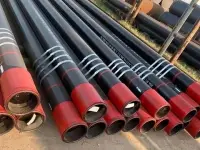
P110 casing pipes are crucial in well operations, serving several key functions that ensure the stability and efficiency of oil and gas extraction. Here's an in-depth look at their role and the best practices for their maintenance and repair.
-
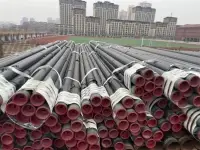
Oil casing pipes are used to support the walls of oil and gas wells, ensuring the proper functioning of the well during drilling and after completion. There are two primary types of steel pipes used for petroleum casing: Seamless Casing and ERW Casing. Here’s a detailed comparison between them.
-
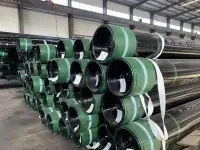
The manufacturing technology for casing and tubing cores involves intricate processes designed to ensure superior mechanical properties and corrosion resistance, essential for their use in harsh environments. This document outlines the key technologies and methods employed in the production of high-performance casing and tubing cores, emphasizing the importance of chemical composition, processing techniques, heat treatment, welding methods, and innovative manufacturing technologies. Read on to learn more.
-
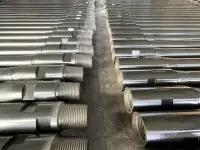
Drill pipes are essential tools in oil drilling operations, with their diameter being a critical parameter affecting drilling efficiency and load-bearing capacity. The standards for drill pipe diameters include both inch and metric measurements.This article will briefly introduce drill pipe diameter and model selection.
-
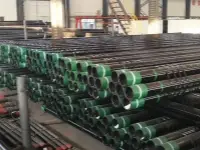
OCTG casing pipes come in various materials, and the choice depends on the application scenario and specific requirements. Below are some common casing materials along with their characteristics.
-
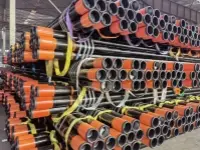
High-performance oil well casing is designed to withstand the extreme conditions found in oil and gas exploration and production. This specialized casing ensures the integrity and safety of the wellbore, providing a critical barrier against the high pressures, temperatures, and corrosive environments typically encountered in oil wells.
-
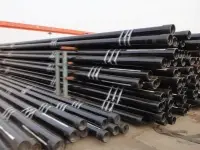
Casing is a large-diameter pipe crucial for stabilizing oil or natural gas well walls or boreholes. Inserted into the wellbore and fixed with cement, casing prevents the separation of the rock formation and the wellbore from collapsing, ensuring the circulation of drilling mud for efficient drilling and production.
-
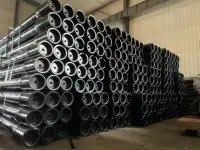
OCTG drill pipes are indispensable tools in oil extraction, subjected to complex conditions such as high temperature, high pressure, and strong drilling and rotational forces. Therefore, the quality and safety of these pipes are crucial to the stability and safety of extraction operations. This article will discuss the necessity and methods of nondestructive testing (NDT) for OCTG drill pipes.
-
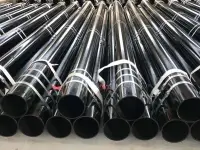
API 5CT is a standard that specifies the technical delivery conditions for steel pipes used in oil and gas wells, including casing, tubing, and other related products. The H40 grade refers to a specific grade of steel used in manufacturing casing, with "H" indicating a minimum yield strength of 40,000 psi. Yield strength is a crucial mechanical property that signifies the maximum stress the material can endure before undergoing permanent deformation.
-
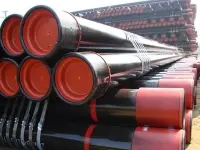
OCTG casing strength refers to the ability of the casing material to resist damage from external forces. In petroleum engineering, OCTG casing is crucial for withstanding underground pressure, preventing wellbore collapse, and isolating formations, among other functions. Its strength is vital for the stability and safe operation of the wellbore.
-
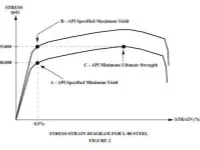
Here's an overview of the API casing pipe grades.
-
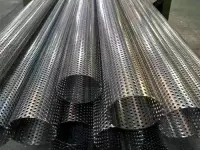
This article will briefly introduce perforated and slotted casing and tubing.
-
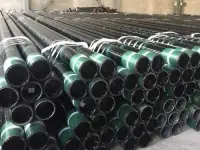
The API standard, short for the American Petroleum Institute, is one of the key production standards for oil pipeline steel pipes.Here's an overview of casing and tubing grading in API 5CT.
-

OCTG (Oil Country Tubular Goods) casing and tubing are widely used in the steel industry. However, these materials often face the issue of decarburization. To prevent decarburization in OCTG casing and tubing, two primary methods can be employed.
-
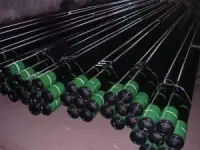
API oil casing is a steel pipe used to support the walls of oil and gas wells, ensuring the proper operation of the well during drilling and after completion. This article will briefly introduce APl oil casing hydrostatic pressure test.
-
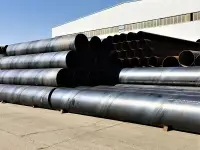
The production process of welded steel pipes involves forming steel sheets or strips into the desired cross-sectional shape using straight press rolls or helical methods, and then welding them together using heat, pressure, or other methods. As a result, defects in welded steel pipes can be categorized into two main types: base material defects and weld defects.
-

This article will briefly introduce ERW oil casing application and market analysis.
-
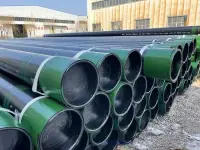
This article will briefly introduce the detection methods for industrial oil casing.
-
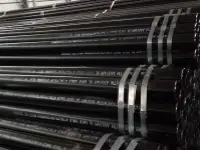
Batch number and heat number are essential identifiers in seamless steel pipe production.This article will talk about difference between seamless steel pipe heat number and batch number.
-
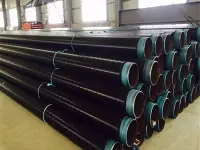
Large-diameter 3PE anti-corrosion steel pipes are renowned for their robust anti-corrosion properties and are extensively utilized in a variety of projects. This article delves into the details of large-diameter 3PE anti-corrosion steel pipes.




















